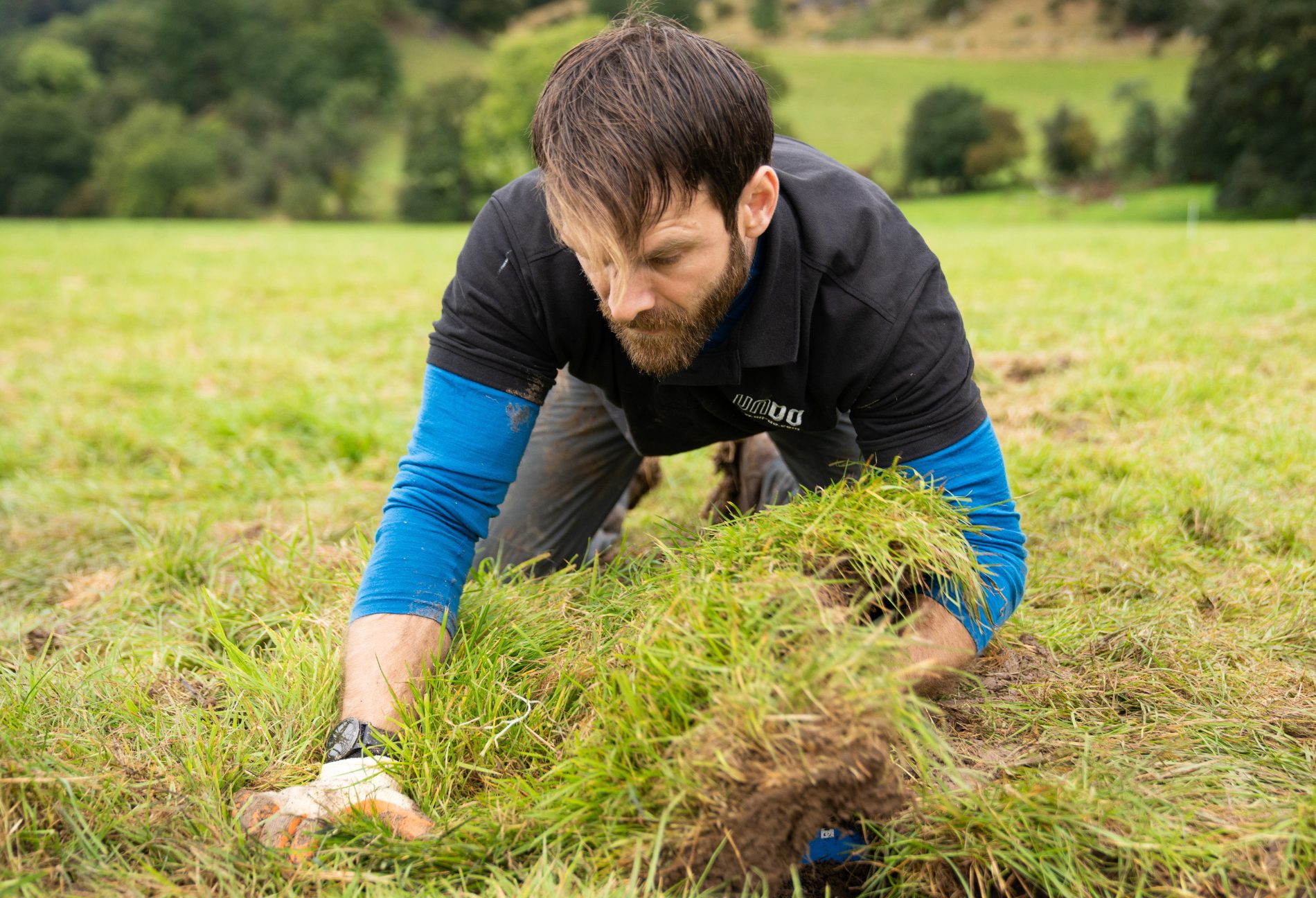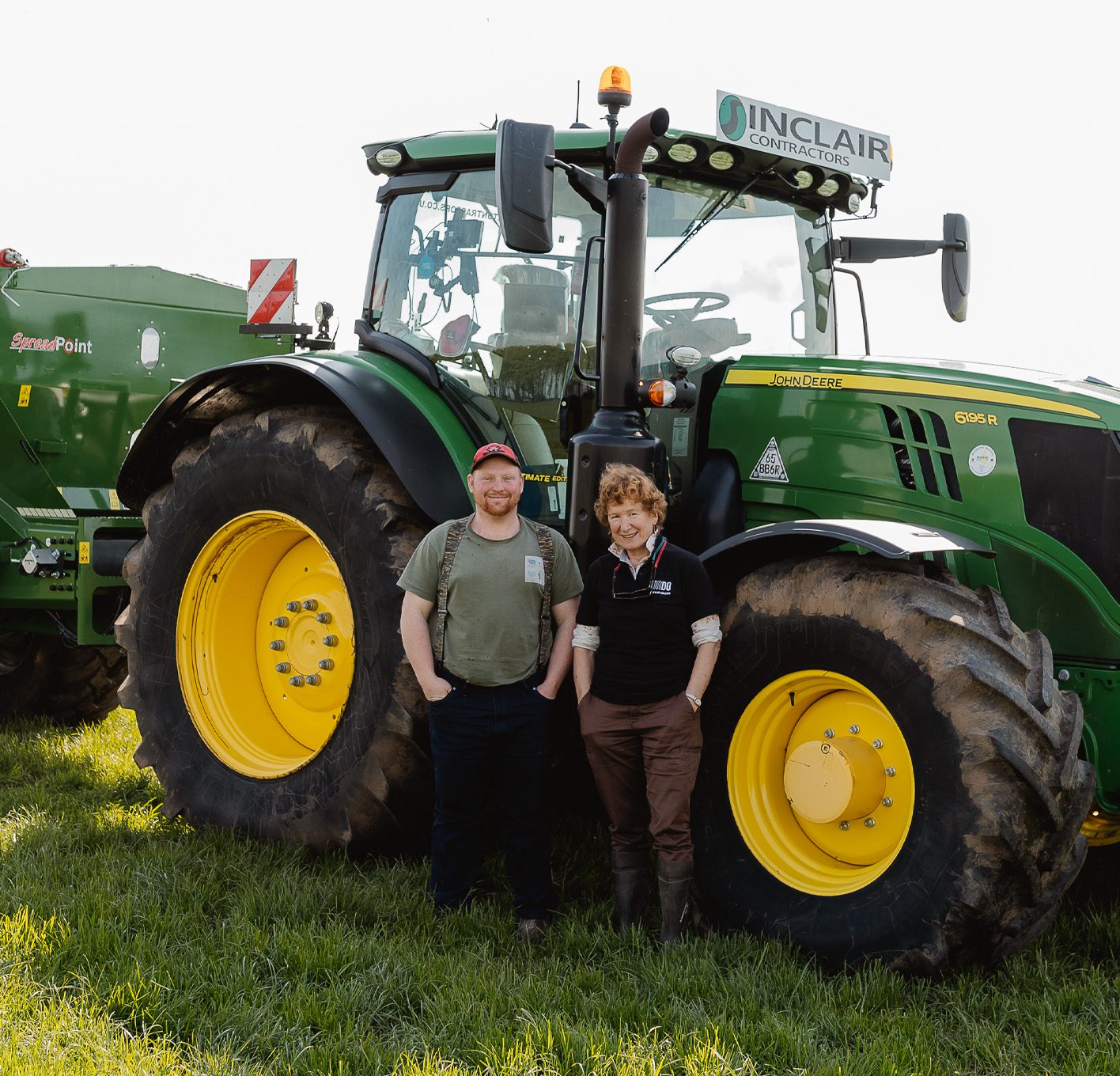UNDO is on a mission to capture CO₂ from the atmosphere. But how do we make visible our capturing of the invisible, accurately measure the seemingly immeasurable, and justify the steep costs to do so?
As Director of Innovation at UNDO, my mission is to tackle one of climate science’s toughest challenges: accurately measuring the effectiveness of our carbon dioxide removal solution.
I oversee the implementation of our enhanced rock weathering (ERW) field trials globally. These field trials are not just experiments – they are our gateway to crucial carbon dioxide removal (CDR) data, revealing the pathways CO₂ takes after it reacts with our silicate rock. This pursuit of weathering signals is more than scientific curiosity. It’s about building the foundation for a future where our response to climate change is driven by robust models rather than continuous and costly measurements.
Today, project developers are continuously refining a spectrum of scientific measurement techniques to quantify CO₂ removal. At the same time, they navigate the intricate web of financial and logistical challenges that come with deploying these essential MRV technologies across the globe.
The Basics of ERW MRV for CDR Quantification
The ERW community has banded together through organisations like Cascade Climate and Puro.earth to arrive at a single CDR quantification approach for ERW that uses the best available science. This is an ever-shifting target as the science improves, more unknowns become known and once unquantifiable factors become estimable.
Fundamentally, we need to calculate and track the products of the chemical reaction of the CO₂-infused rainwater and our silicate rock. We know that these products are major cations, bicarbonate and carbonate and must be accounted for through soil profiles, water tables and ultimately, oceans.
To achieve this, it’s clear that, in the short term, a multi-proxy, high resolution and depth-profiled approach to in-field measurement will be required. By ‘multi-proxy,’ we are referring to measurement across the three phases of matter in which weathering products can exist; gas, liquid and solid. ‘High resolution’ speaks to doing more sampling in a smaller area, also known as sampling density.
Finally, our soil system is ‘three-dimensional,’ so we need to measure not just at the surface of the soil column, but down to an appropriate (and practical) depth.

The effectiveness of ERW at removing atmospheric CO₂ and reversing climate change demands that we get good enough at MRV to move to model-based approaches as soon as possible. This approach will reduce uncertainties and ensure the collection of data required for their calibration. This is crucial so that ERW can be conducted at a cost-effective scale in the near future. The urgency of the climate crisis means we can’t delay.
Challenges in Detecting ERW’s Impact on CO₂ Removal
Whilst the science of ERW’s ability to remove carbon dioxide in the lab is clear, challenges remain in detecting the same signals in nature’s open systems. We at UNDO believe that the answer lies in the soil pore water, but gathering these samples is no simple feat as we look to operationalise ERW at a global scale.

The first issue is that you need a sufficient volume of water in the soil column. We use macro rhizons and lysimeters to extract pore water through a membrane using suction pressure. For these techniques to work, you need to attach a vacuum to the device to generate the suction pressure within 24 hours before you want to extract the pore water.
Oh.. and did I mention that this usually needs to align with a rainfall event? The point is one needs to visit the site twice – once to put on the vacuum and the next to extract the pore water, all while performing your best rain dance in the interim to hopefully extract that freshly generated rainfall.
The challenges don’t stop there. The primary reason for pore water extraction is to measure the liquid bicarbonate within it, a direct chemical product which we use to measure the removed CO₂. Unfortunately, the bicarbonate signal degrades over time, meaning there is a limited time window to collect the sample, transport it to the lab, prepare it and analyse it.
The Wider Complexity of Achieving Effective ERW MRV
Zooming out, the added complexity of soil (physical and chemical heterogeneity, three-dimensional hydrology and biological processes), meteorological factors (unpredictable rainfall and seasonality) and farmer inputs (lime, chemical fertiliser and manures) means that creating a suitable MRV design that can account for these elements is a massive challenge.
With unlimited resources, it would be easy to ‘throw the kitchen sink’ at an ERW MRV approach design. There are many variables that can be measured: pore water, rock dissolution, soil characterisation, gaseous flux and more. But doing this comprehensive measurement at high frequency and density is cost-prohibitive, inefficient and doesn’t even guarantee a full set of answers.
The Challenges of Funding ERW
To date, there is only one way to generate the capital required to deploy ERW – selling verified carbon credits. However, the cost of carbon needs to be competitive with other CDR technologies. We therefore need to balance the cost of deploying our rock with the set-up, management and analysis costs of our field trials and labs in all the regions we operate.
The latter doesn’t just refer to the quantity of samples – it’s in the logistical coordination of taking in-field measurements and the associated people costs. On a small scale, this would be relatively easy. When expanded worldwide, it becomes a complex, time-restrictive and expensive problem. You can see why that ‘kitchen sink’ approach gets impractical quickly.

ERW’s Future: A Model-Based Approach for CDR
At this point, it’s only possible to generate verified carbon credits through empirical data as models are not mature enough. With this empirical data-only design, you need to deploy MRV sites linearly alongside your deployed rock.
Though a permanent CDR solution, ERW takes place over multi-year and even multi-decadal periods, driving MRV costs and the cost of carbon credits up the cost curve, rather than down as you scale. We must do the opposite, driving credit costs down by maturing our models to where they are trusted enough to replace field measurements.
“Even accounting for ongoing MRV costs, almost all forms of permanent removal will emerge as economically preferable over the long term.”
Direct real-world measurement through effective MRV design is necessary today but cannot be a long-term solution for ERW to be a cost-effective, efficient and highly scalable CDR solution. Arriving at a calibrated and validated model is the answer.
Until then, we need innovative techniques that measure the ERW products and signals for CDR quantification that are reliable, scalable and accurate. Through continuously improving innovations to ERW science, we can start to cut MRV costs now and ensure ERW’s cost-competitiveness on the voluntary carbon markets.
This is the second blog in our “Science and MRV of ERW” series. If you missed Head of Science XinRan Liu’s blog, click here.
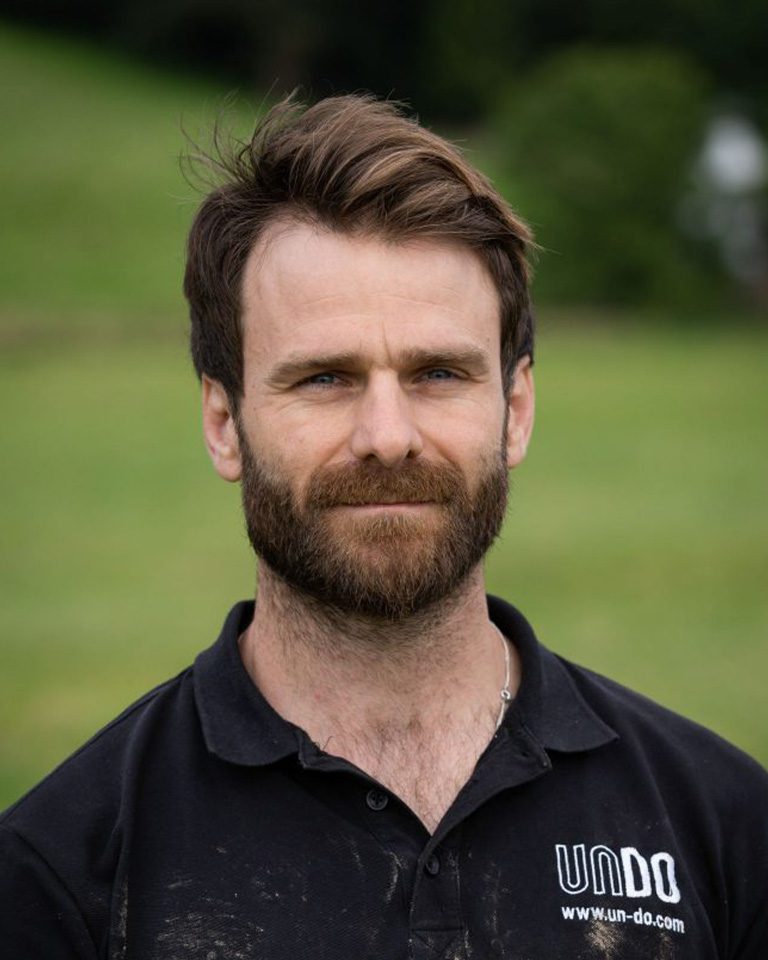 " alt="">
" alt="">
Rob provides the strategic management and leadership of our combined science, research and innovation program. With over a decade of military leadership experience in combat engineering, he’s comfortable with the fast-paced and rapidly growing engineered carbon dioxide removal sector.
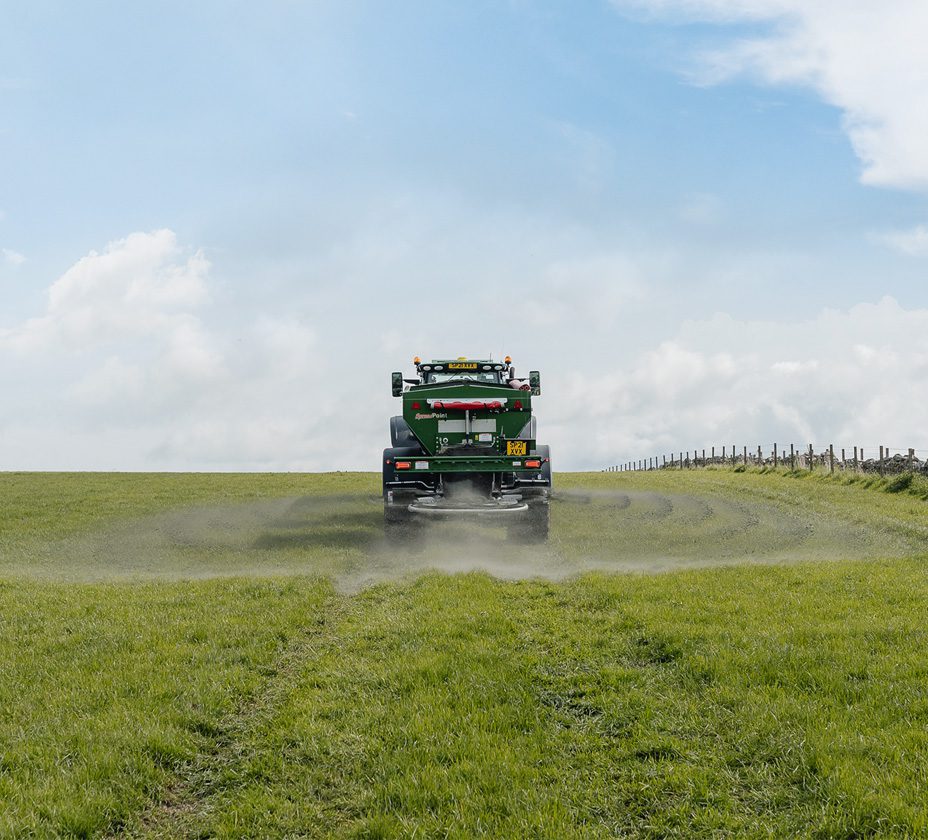

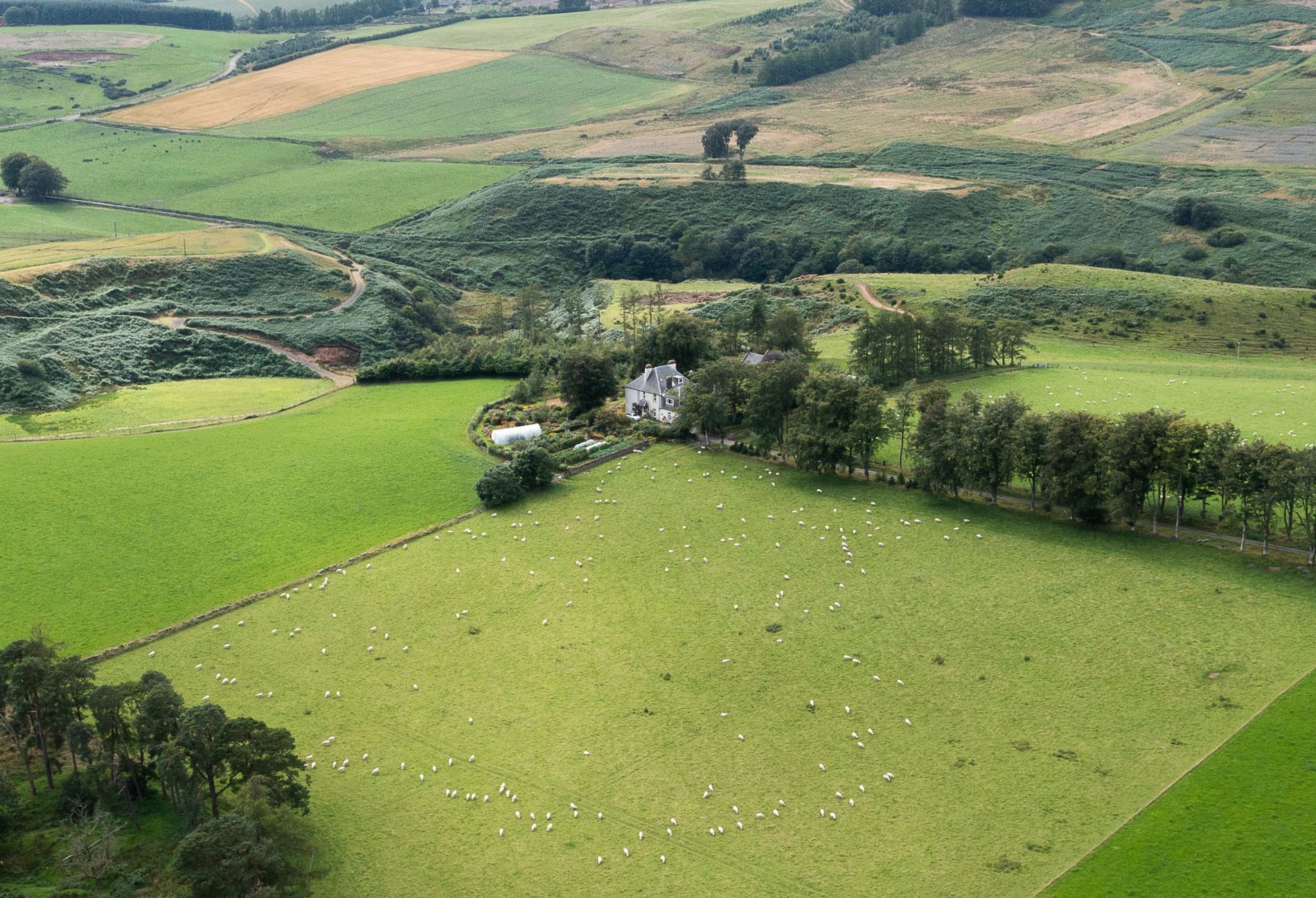 " />
" />